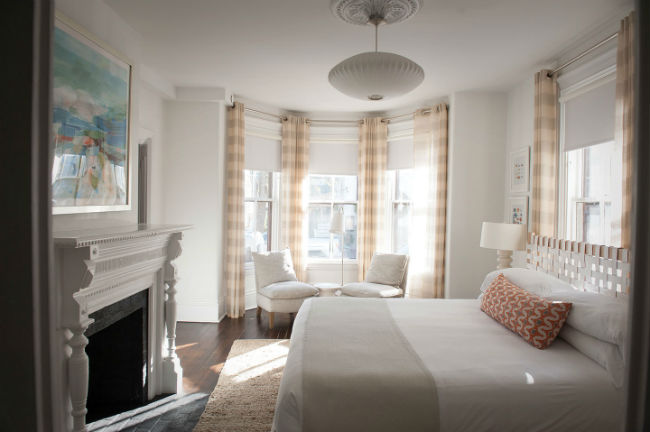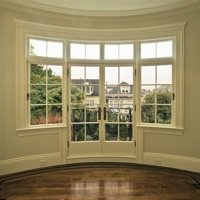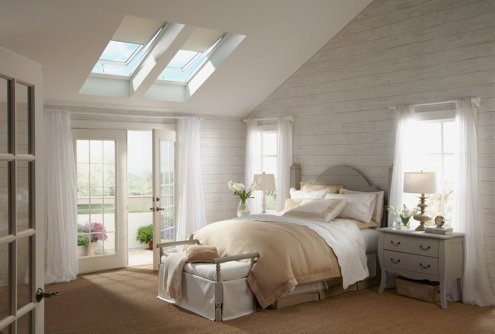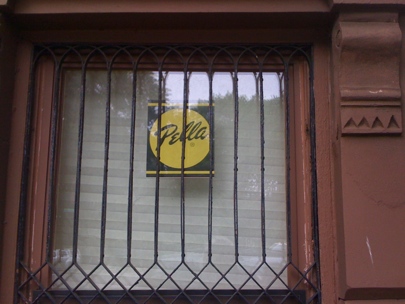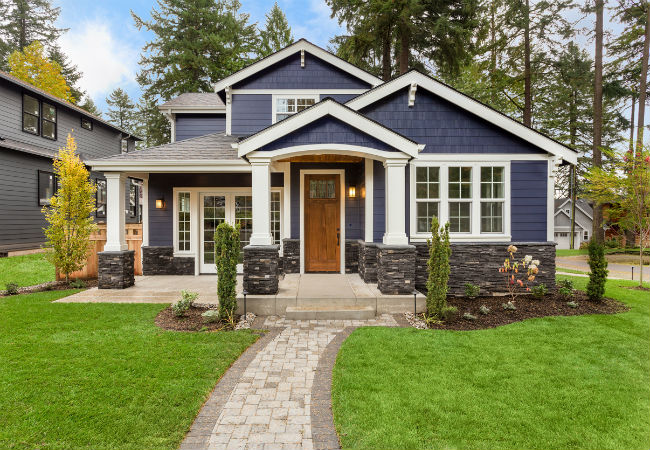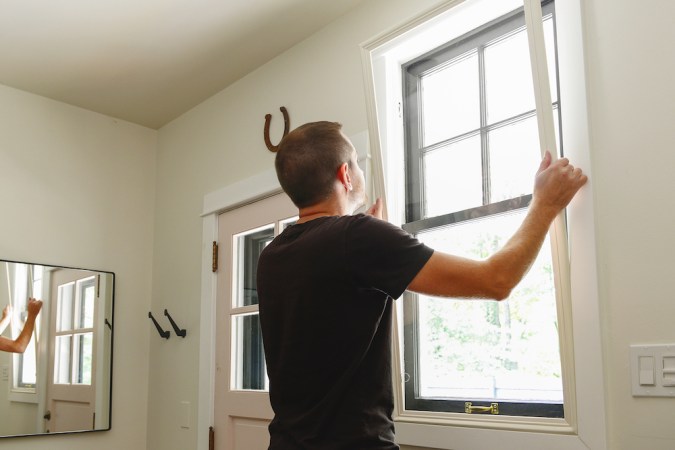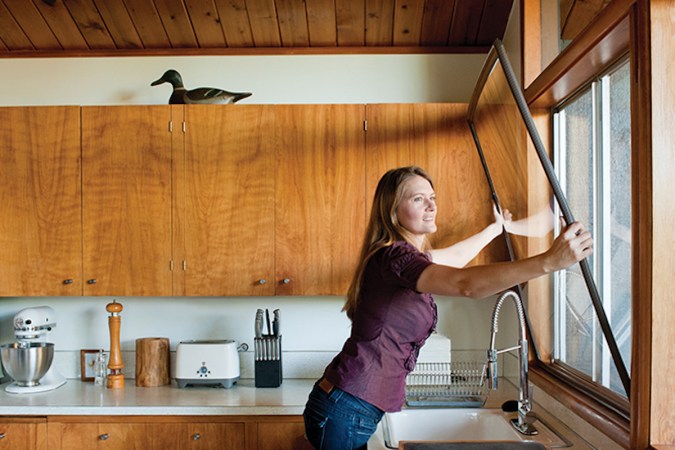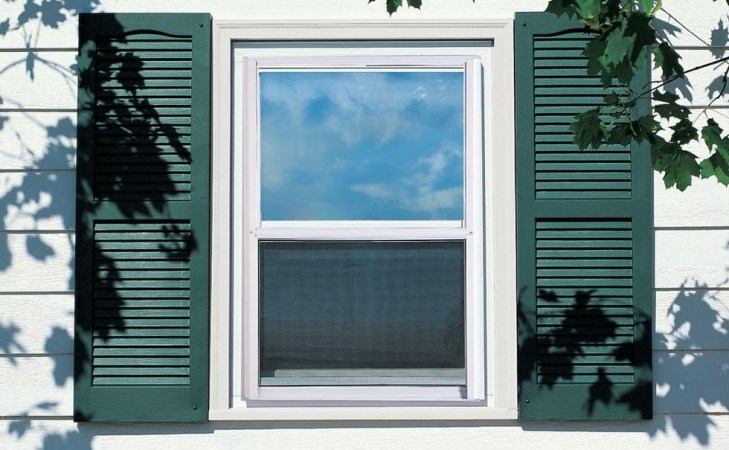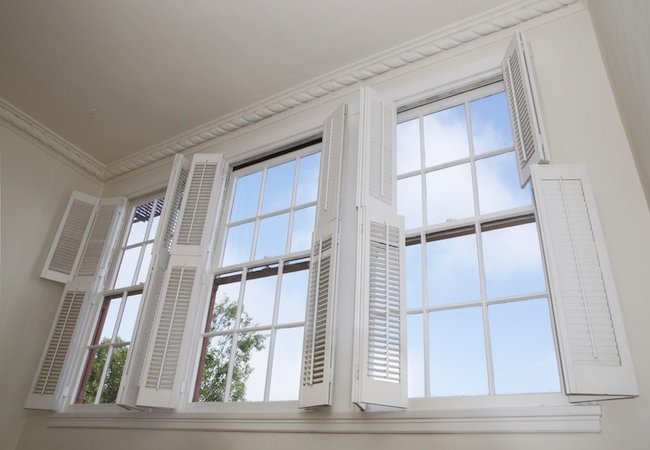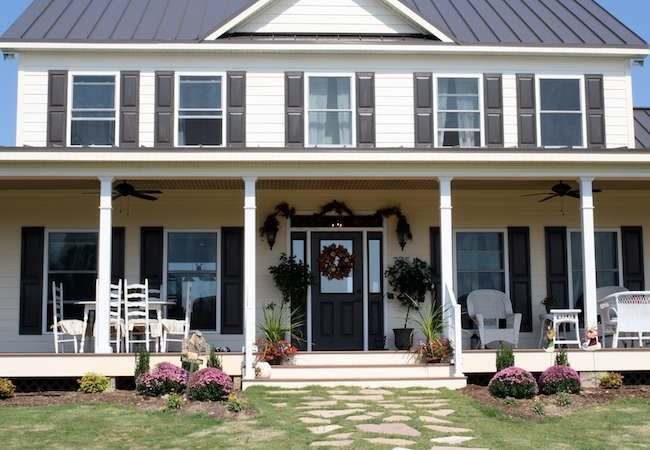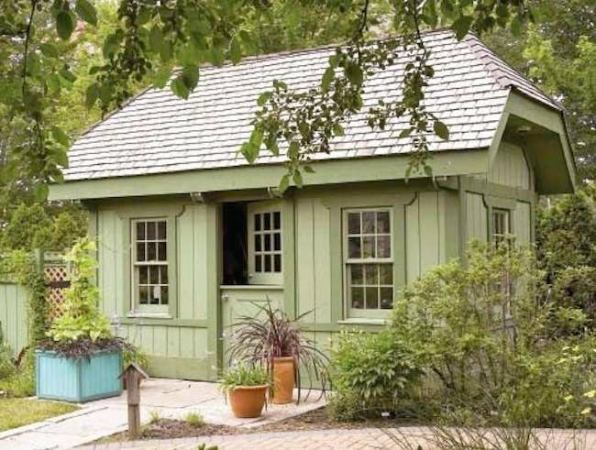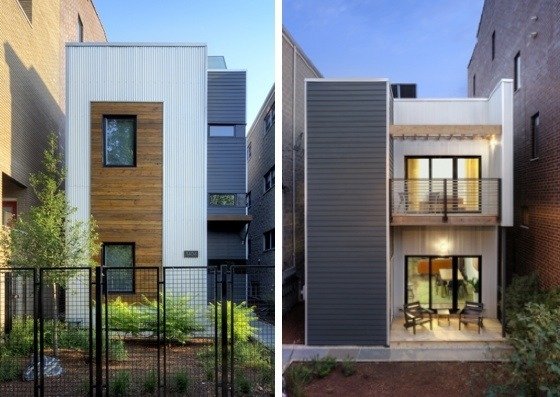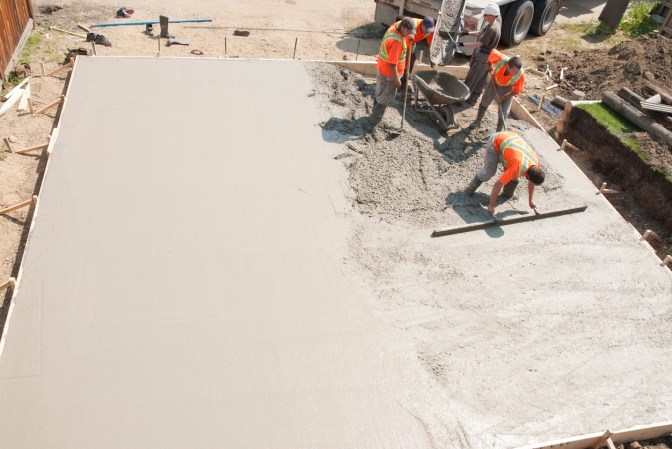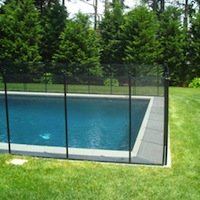We may earn revenue from the products available on this page and participate in affiliate programs. Learn More ›
A homeowner’s to-do list can seem endless, especially come spring. Paint the exterior. Mow the lawn (again and again and again). Repair the cracks in the sidewalk. And, somewhere in the mix, there’s the big one: Update all those drafty, broken, or just poorly performing windows.
If you still have single-pane windows, they’re letting you down in more ways than you probably realize: Not only are they sources of drafts and discomfort, wasting both energy and money, they also let in noise from outdoors. The traditional solution—installing replacement windows—is the kind of costly, complicated, time-consuming chore homeowners dread. Plus, in an older home that boasts original windows, putting in new ones can sacrifice some of its historic charm. No wonder people procrastinate when it’s time to deal with underperforming windows!
If you’re stuck in a holding pattern of researching replacement windows and then putting off a decision, there’s good news: You don’t have to say, “Out with the old!” Keep reading for five reasons to scrap this particularly unpopular project, and then learn about the smart, easy alternative that makes it all possible.
1. Window replacements are a pricey proposition.
Homeowners usually do lots of comparison shopping when investigating replacement windows, only to arrive at the same expensive results: Quality replacement windows typically start at $1,000 apiece fully installed. Wooden replacement windows run $71 to $109 per square foot, while vinyl isn’t much of a bargain at $65 to $87 per square foot. And consider this: If your goal is to keep your home well insulated, it does no good to replace just a few windows—you’ve got to do them all. You can imagine how costs add up when you realize how many windows you have!
2. Installation is a real ordeal.
There are no two ways about it: Replacing windows is an inherently disruptive process.
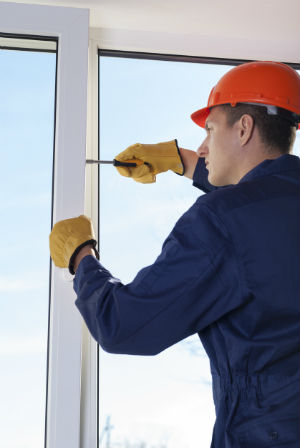
First, there’s the planning. If you don’t want to worry about heat loss as windows are ripped out and replaced one by one, or contend with poor caulk adhesion due to excess moisture from snow or ice, you’ll want to schedule the job for the spring or summer months. Unfortunately, so will everyone else! Pick a time during the busy season, and you may have to work around crowded schedules or accept a long delay.
When the day finally rolls around, even before installers arrive, there’s a good amount of prep on the homeowner’s part. You need to take down curtains or blinds and relocate furniture and wall decorations that could be damaged by workers. If you have a home security system, you need to contact the company to have it turned off and to remove the sensors from your panes. Then, with the stage set, it’s time for a crew to come through and rip out the old windows, room by room, exposing your home to the elements and generally making a mess.
You should keep in mind that, after all this disruption, a 15-year life expectancy is fairly standard in the replacement window industry. Will you want to go through all of this again in 15 years?
3. They don’t make them like they used to.
Sure, modern replacement windows are designed to be efficient, but they can require you to compromise by giving up the originals. Let’s say you own a historic home that has old-growth wood windows with single-pane handmade wavy glass. Original windows can be made from trees 200 to 300 years old, evident in the tight wood grain. This wood is so dense and rot-resistant that windows made from it can last indefinitely if cared for properly. In cases like this, removing historic windows could really ruin the look you love, not to mention harm the value of your home.
Whether you’ve got single-hung, double-hung, or casement windows, or some other style from days gone by, most replacements won’t be able to replicate the originals—and ones that come close will set you back even more than the ballpark figures suggested above. Another consideration: Replacements are unlikely to mesh visually with, say, an original bay or oriel window. And be forewarned that if you live in a historic or landmark district, you may be prevented from putting in replacement windows at all.
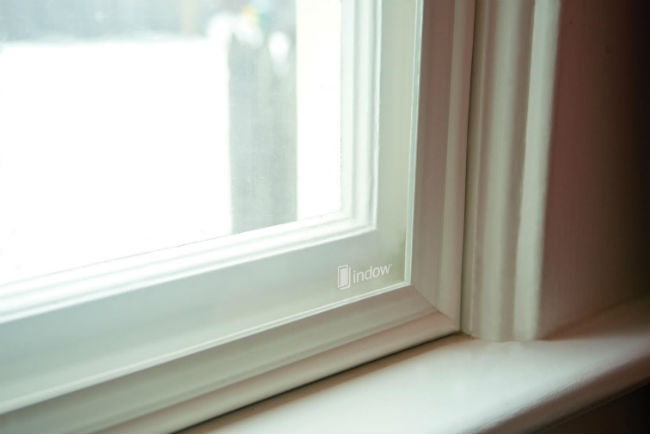
4. Homeowners have options beyond ripping out and replacing windows.
You may be thinking, “I have to put an end to these drafts and noise! What choice do I have?” True, you do need more than a single paltry pane, but replacement windows are not the be-all and end-all. Why not take a tip from restoration architects like John Eifler, who specializes in preserving structures by Frank Lloyd Wright, and install Indow windows—superior window inserts that fit right inside the originals, thanks to patented compression tube technology. They can be made to fit any size, shape, or style—arches, half rounds, and more—and come edged with white, brown, or black, to suit your decor or blend into the existing frame.
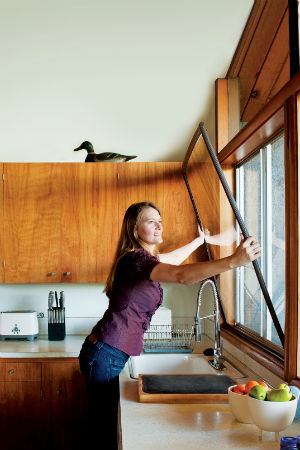
Made of rugged acrylic glazing with as many as six grades to choose from, Indow interior window inserts are akin to custom storm windows but with numerous benefits. For starters, the Indow process is completely DIY. From laser-measuring for absolute precision to simply popping the inserts in place, no mounting brackets required, Indow inserts are ideal for do-it-yourselfers of any skill level. In fact, each insert takes just 10 minutes to install!
The ease of this installation process not only lets you do the project on your own time, it also promises a precise fit even on windows that have gotten out of square as a house settles over time. Indow inserts account for imperfect windows (as well as unique shapes) through laser measurements of each window opening that, using the company’s proprietary software, help eliminate measurement error. Then, each insert is handmade and edged in patented silicone compression tubing to seal out air when snugly fit into the existing window frame.
5. Choosing window inserts provides all sorts of savings.
Cutting out the cost of professional labor, homeowners pay only for the Indow inserts themselves, which cost as little as $24 to $35 per square foot—less than half the price of vinyl or wood replacements. But lower initial costs are not the only way these inserts save homeowners money. A recent U.S. Department of Energy study found that Indow window inserts can save you 20 percent in heating and cooling costs. This savings is largely due to the dead air pocket created between the insert and the existing window, much as in a double-pane window, resulting in less radiant energy loss. Almost as important, Indow’s compression tubing seal keeps cold blasts and hot gusts from penetrating your home, securing constant comfort, 24/7, in every season. These innovative inserts are so tight they even reinforce your current windows against noise penetration, blocking 50 to 70 percent of outside noise. In comparison, single-pane replacements block only 25 percent of unwanted noise. And while you can’t put an exact monetary value on silence, just think of what you’ve always said you’d give for a little peace and quiet.
When you consider that upgrading with Indow window inserts can keep hot air and cold drafts out, money in your pocket, and your house’s charm intact, you may want to go ahead and cross replacement windows off your to-do list altogether. Instead, visit the Indow website, where you can get a quote and start reaping the many benefits of a superior window solution.
This post has been brought to you by Indow windows. Its facts and opinions are those of BobVila.com.
